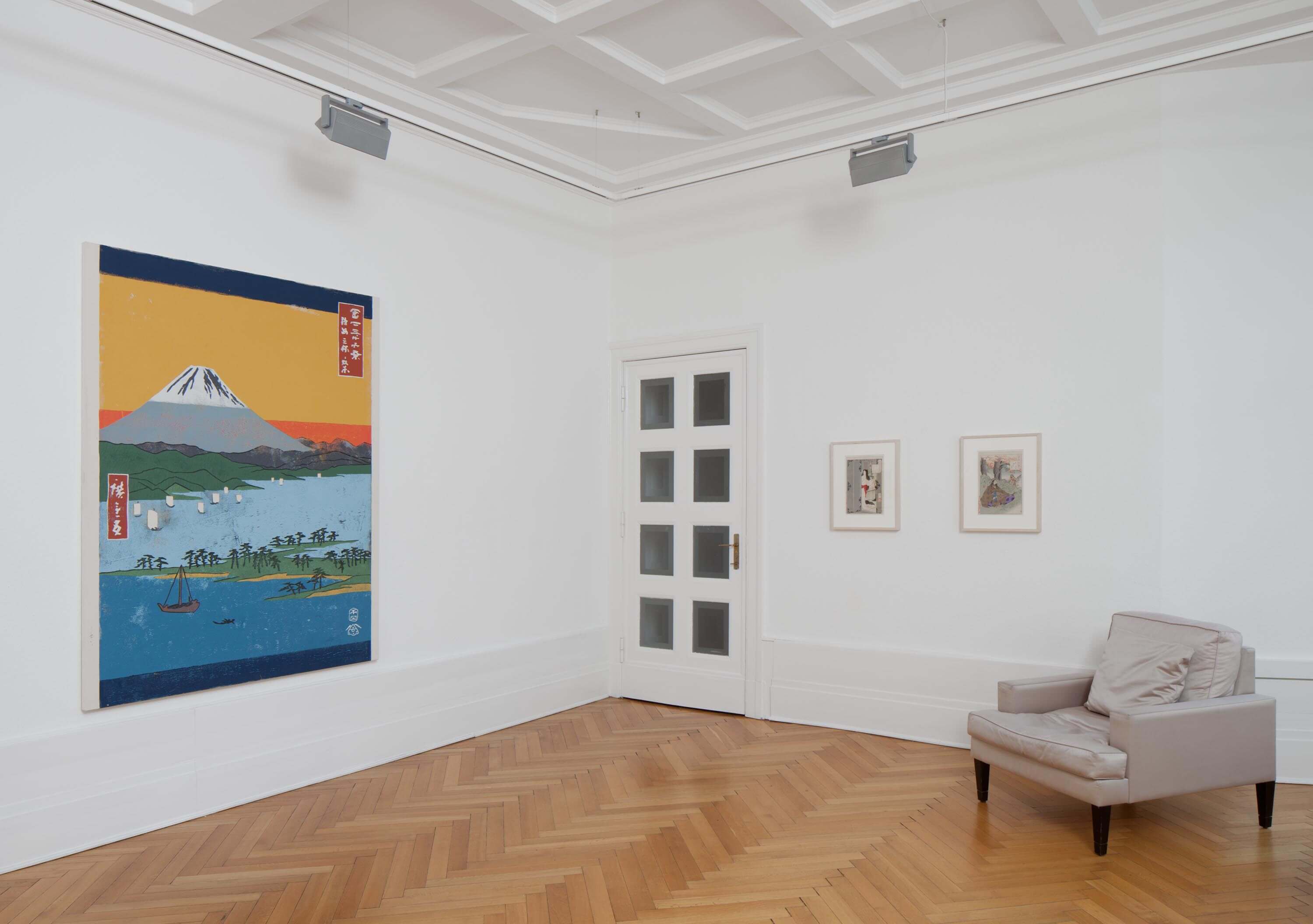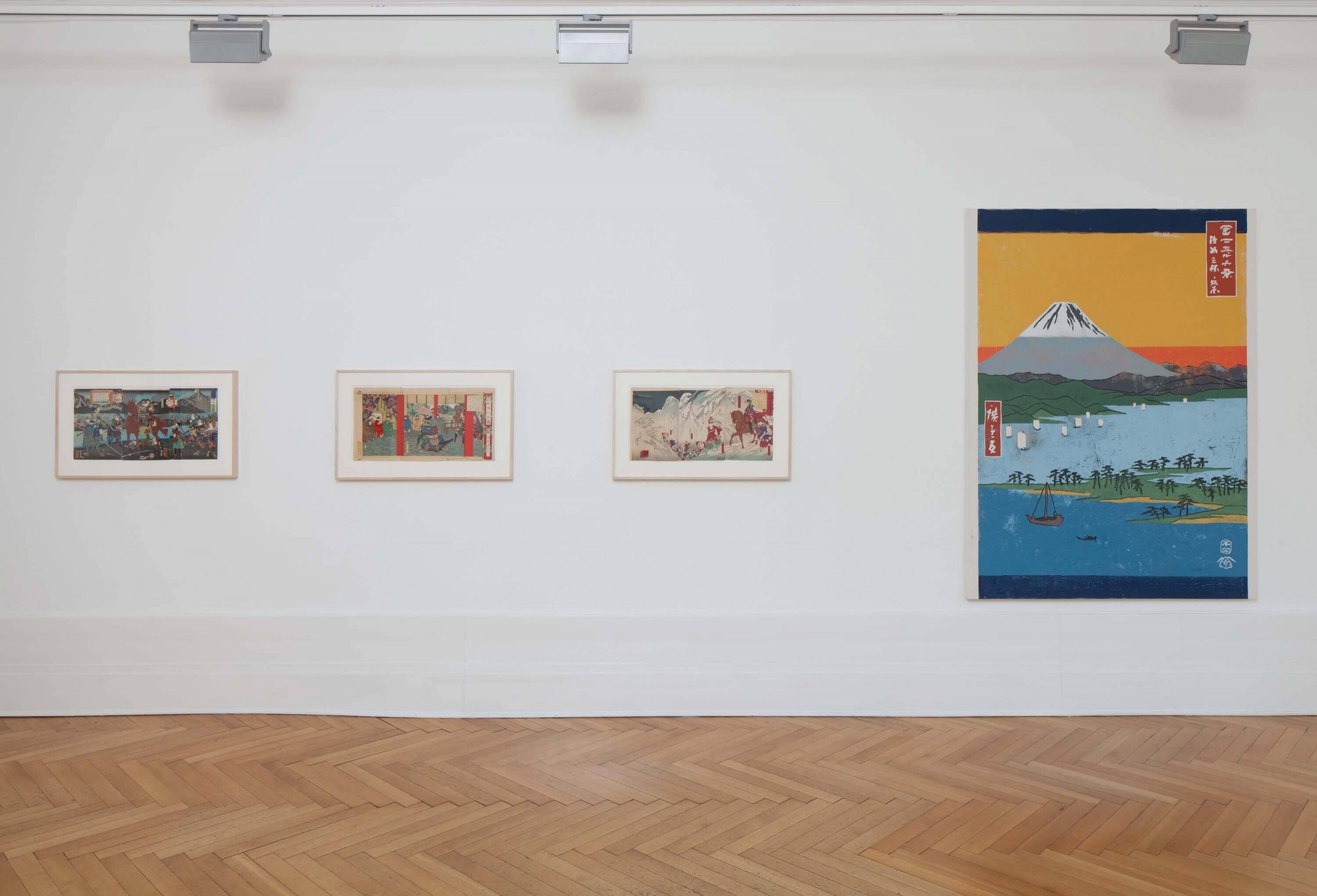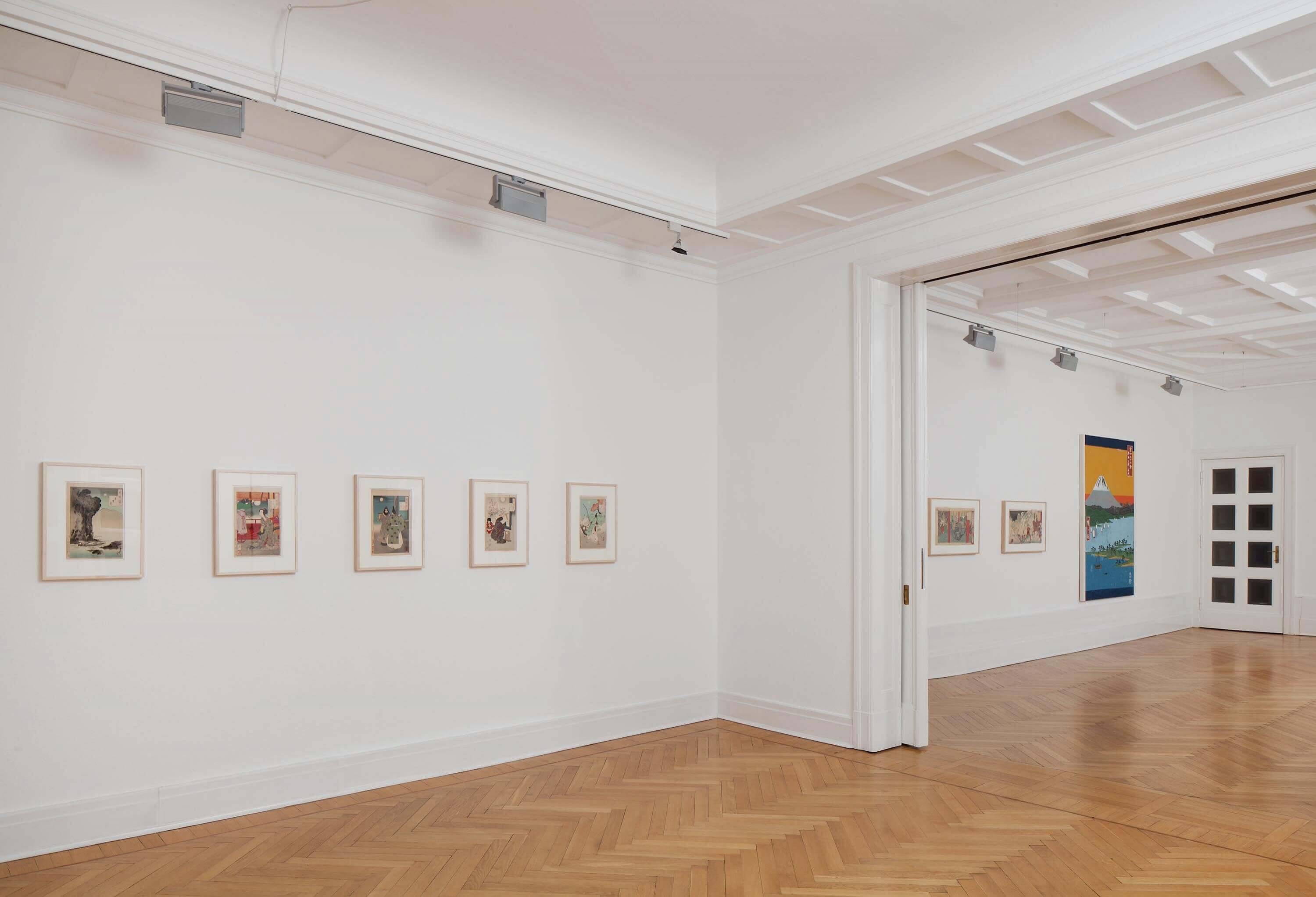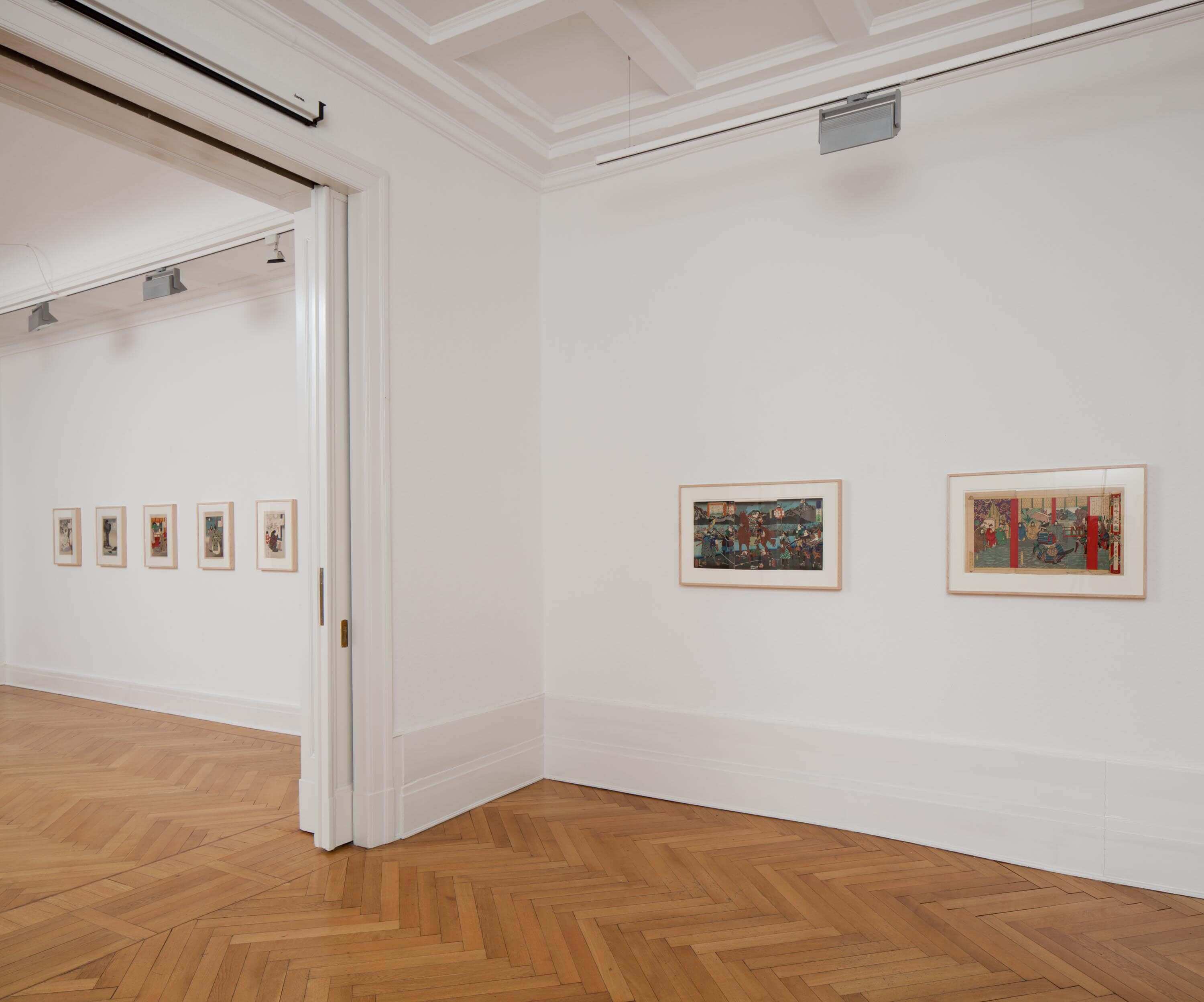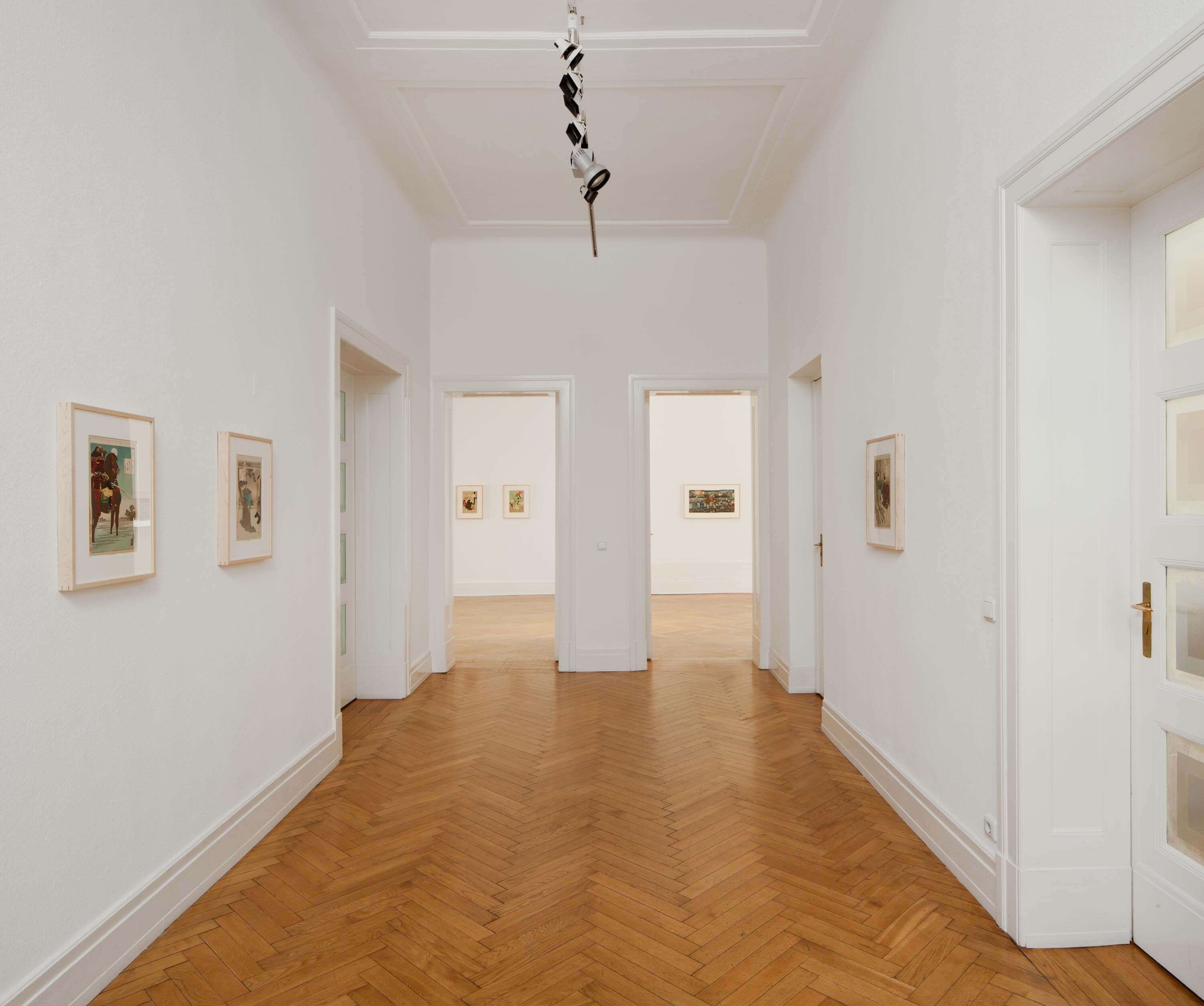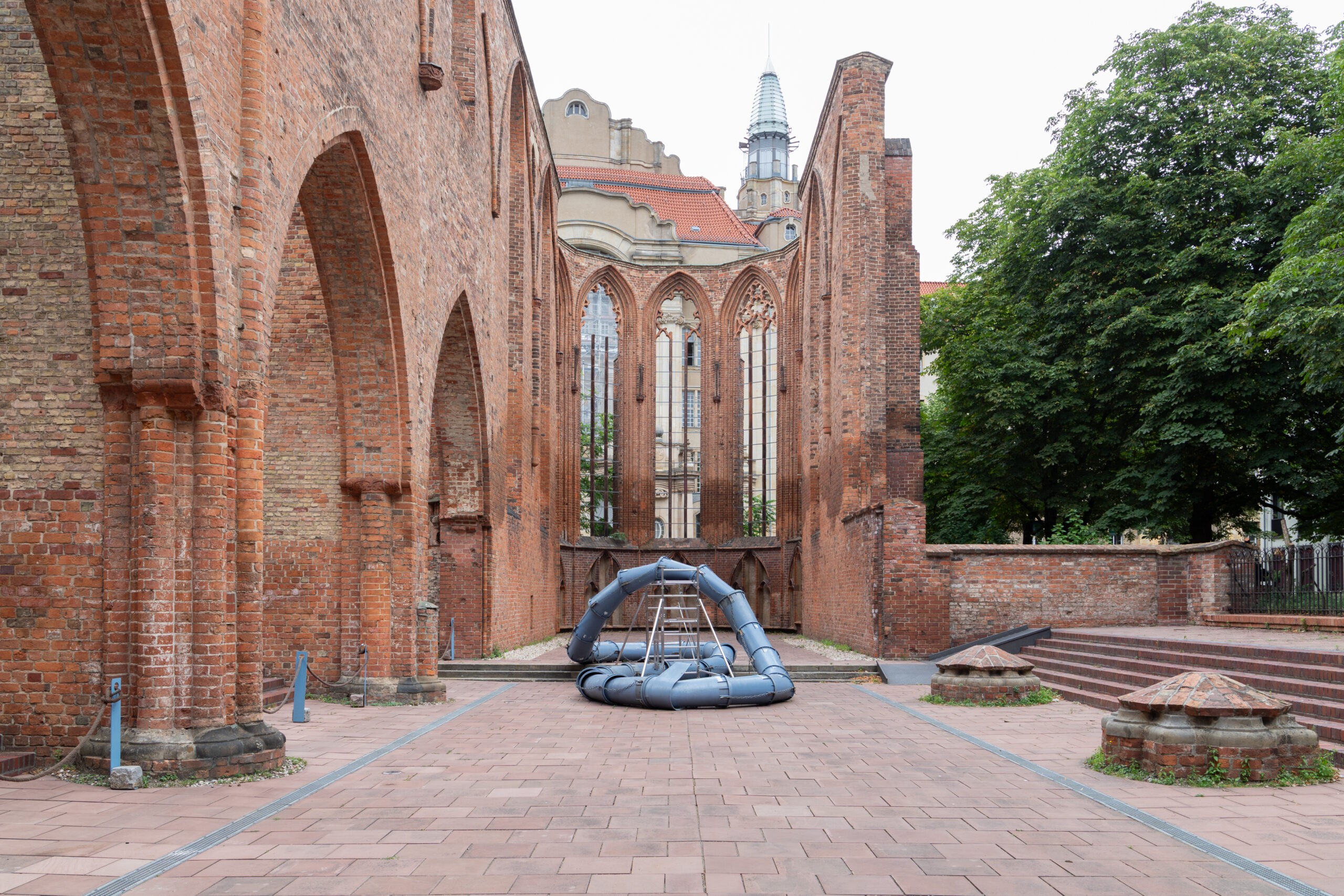Berlin,
GNYP GmbH Knesebeckstraße 96 10623 Berlin
26 April 2018 - 24 June 2018
GNYP Gallery is delighted to present the second solo exhibition of the Los Angeles based artist Kour Pour in Berlin. The nexus of the artist’s various bodies of work lies in his reference to specific art making practices located between different global geographies and points in time. Existing series have referenced the visual languages of Persian carpets, Japanese prints and American abstract painting. The works in the new exhibition ‘Polypainting’ on display at GNYP Hardenbergstrasse 9 take their formal structures from the tradition of Persian miniature paintings, which are in themselves an amalgamation of influences and styles from multiple cultures.
In the second location at Knesebeckstrasse GNYP Gallery presents a dialogue between Kour Pour and the 19th-century Japanese artist Yoshitoshi. Both artists have used the Ukiyo-e printing technique to make their works. In the series titled One Hundred Aspects of the Moon (1885-1892), exhibited in the gallery, Yoshitoshi depicted scenes from the life in the 19th century Japan, inhabited by beautiful geishas, knights and their servants. In this period of (art) history Europe became fascinated by Japan and Ukiyo-e prints that had captured the interest of many artists such as Van Gogh, Degas, Gauguin, and Toulouse-Lautrec. The Western artists started to use the characteristics of Ukiyo-e such as lack of central composition and shadows, cropping of pictorial planes, and clean contours that have been incorporated into Western art for good.
In the second location at Knesebeckstrasse GNYP Gallery presents a dialogue between Kour Pour and the 19th-century Japanese artist Yoshitoshi. Both artists have used the Ukiyo-e printing technique to make their works. In the series titled One Hundred Aspects of the Moon (1885-1892), exhibited in the gallery, Yoshitoshi depicted scenes from the life in the 19th century Japan, inhabited by beautiful geishas, knights and their servants. In this period of (art) history Europe became fascinated by Japan and Ukiyo-e prints that had captured the interest of many artists such as Van Gogh, Degas, Gauguin, and Toulouse-Lautrec. The Western artists started to use the characteristics of Ukiyo-e such as lack of central composition and shadows, cropping of pictorial planes, and clean contours that have been incorporated into Western art for good.

Artists
Available Nearby Exhibitions
Monument of Oblivion: River of Lethe
Berlin
7 June 2025 - 26 April 2026
